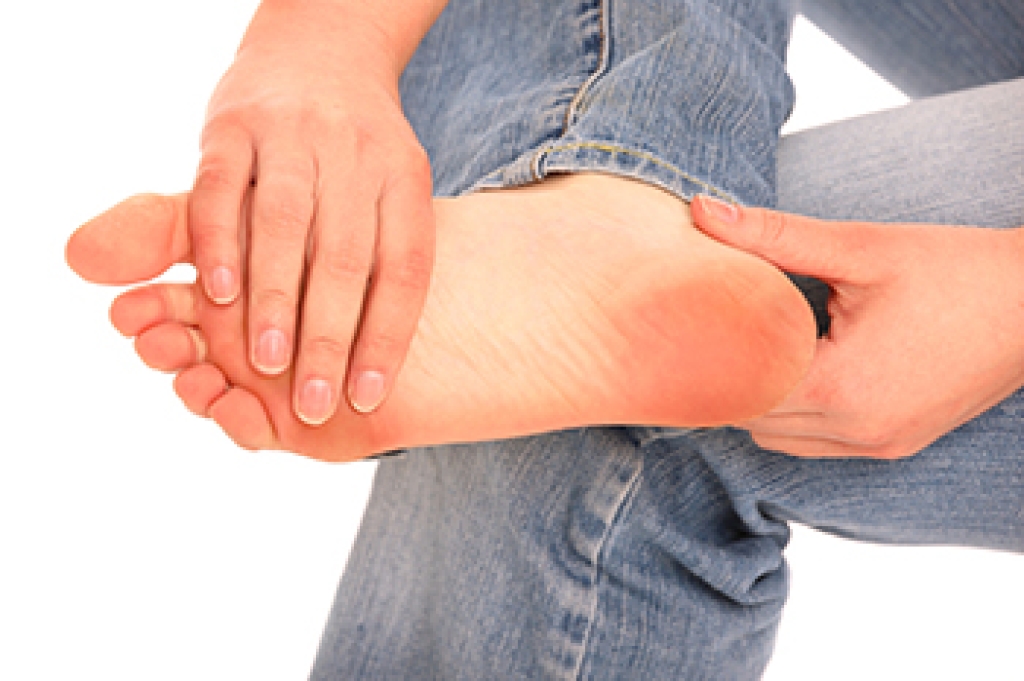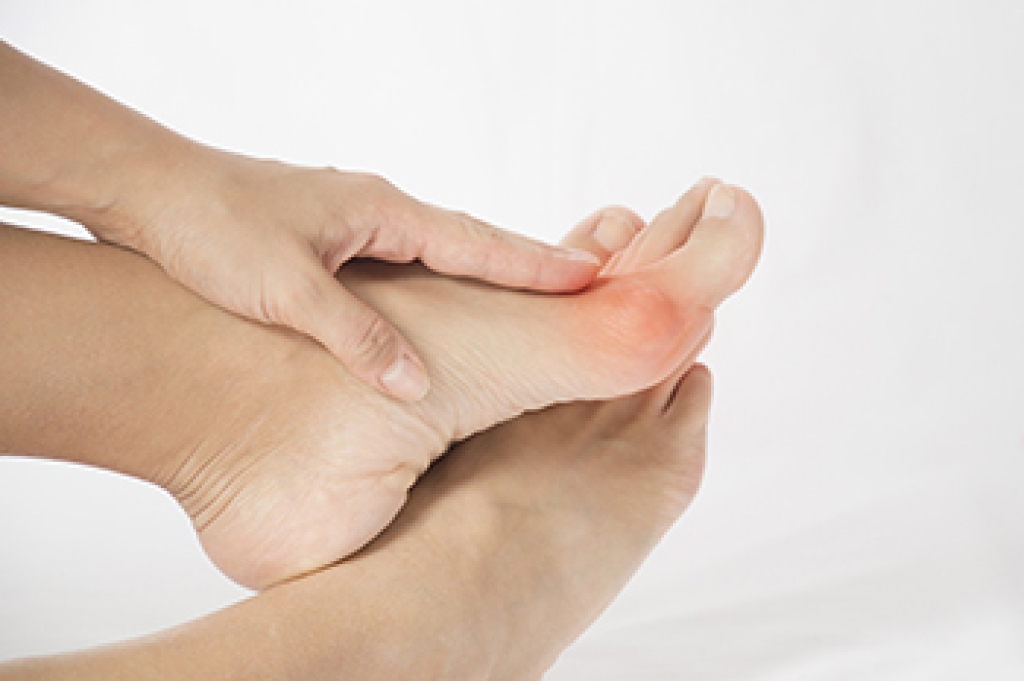
The feet are complex structures that are the foundation of our movement. Foot pain can be caused by something within or related to the feet or a medical condition elsewhere in the body. Feet are made up of bone, joints, ligaments, muscles and tendons, nerves, blood vessels, skin, and soft tissue. Anything affecting any of these things can cause foot pain. A virus, diabetes, or arthritis can also cause foot pain. Treatment depends on the cause of the pain and can involve anything from taking medication, exercising the feet, or, if severe, undergoing surgery. The location of the pain and how and when it occurs are used in diagnosing the cause of the problem. If you have foot pain, it is suggested that you see a podiatrist who can evaluate your feet and help you return to a comfortable state.
Foot Pain
Foot pain can be extremely painful and debilitating. If you have a foot pain, consult with Gabe Rodriguez, DPM from Sioux Falls Foot Specialist. Our doctor will assess your condition and provide you with quality foot and ankle treatment.
Causes
Foot pain is a very broad condition that could be caused by one or more ailments. The most common include:
- Bunions
- Hammertoes
- Plantar Fasciitis
- Bone Spurs
- Corns
- Tarsal Tunnel Syndrome
- Ingrown Toenails
- Arthritis (such as Gout, Rheumatoid, and Osteoarthritis)
- Flat Feet
- Injury (from stress fractures, broken toe, foot, ankle, Achilles tendon ruptures, and sprains)
- And more
Diagnosis
To figure out the cause of foot pain, podiatrists utilize several different methods. This can range from simple visual inspections and sensation tests to X-rays and MRI scans. Prior medical history, family medical history, and any recent physical traumatic events will all be taken into consideration for a proper diagnosis.
Treatment
Treatment depends upon the cause of the foot pain. Whether it is resting, staying off the foot, or having surgery; podiatrists have a number of treatment options available for foot pain.
If you have any questions, please feel free to contact our office located in Sioux Falls, SD . We offer the newest diagnostic and treatment technologies for all your foot care needs.




